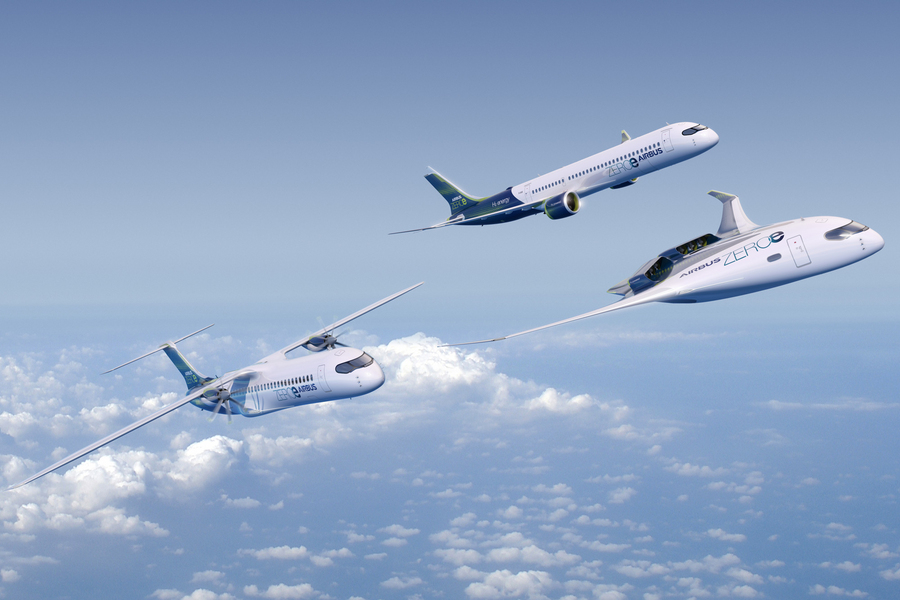
A team of MIT engineers is now creating a 1-megawatt motor that could be a key stepping stone toward electrifying larger aircraft.
According to a press release, the team has designed and tested the major components of the motor, and shown through detailed computations that the coupled components can work as a whole to generate one megawatt of power, at a weight and size competitive with current small aero-engines.
“For all-electric applications, the team envisions the motor could be paired with a source of electricity such as a battery or a fuel cell,” said the release. “The motor could then turn the electrical energy into mechanical work to power a plane’s propellers. The electrical machine could also be paired with a traditional turbofan jet engine to run as a hybrid propulsion system, providing electric propulsion during certain phases of a flight.
“No matter what we use as an energy carrier — batteries, hydrogen, ammonia, or sustainable aviation fuel — independent of all that, megawatt-class motors will be a key enabler for greening aviation,” says Zoltan Spakovszky, the T. Wilson Professor in Aeronautics and the Director of the Gas Turbine Laboratory (GTL) at MIT, who leads the project.
As designed, the MIT electric motor and power electronics are each about the size of a checked suitcase weighing less than an adult passenger, according to the institute. The motor’s main components are: a high-speed rotor, lined with an array of magnets with varying orientation of polarity; a compact low-loss stator that fits inside the rotor and contains an intricate array of copper windings; an advanced heat exchanger that keeps the components cool while transmitting the torque of the machine; and a distributed power electronics system, made from 30 custom-built circuit boards, that precisely change the currents running through each of the stator’s copper windings, at high frequency.
“I believe this is the first truly co-optimized integrated design,” Spakovszky says. “Which means we did a very extensive design space exploration where all considerations from thermal management, to rotor dynamics, to power electronics and electrical machine architecture were assessed in an integrated way to find out what is the best possible combination to get the required specific power at one megawatt.”
As a whole system, the motor is designed such that the distributed circuit boards are close coupled with the electrical machine to minimize transmission loss and to allow effective air cooling through the integrated heat exchanger.
Once the MIT team can demonstrate the electric motor as a whole, they say the design could power regional aircraft and could also be a companion to conventional jet engines, to enable hybrid-electric propulsion systems. The team also envision that multiple one-megawatt motors could power multiple fans distributed along the wing on future aircraft configurations. Looking ahead, the foundations of the one-megawatt electrical machine design could potentially be scaled up to multi-megawatt motors, to power larger passenger planes.
For more information
https://news.mit.edu/2023/megawatt-motor-could-help-electrify-aviation-0608


